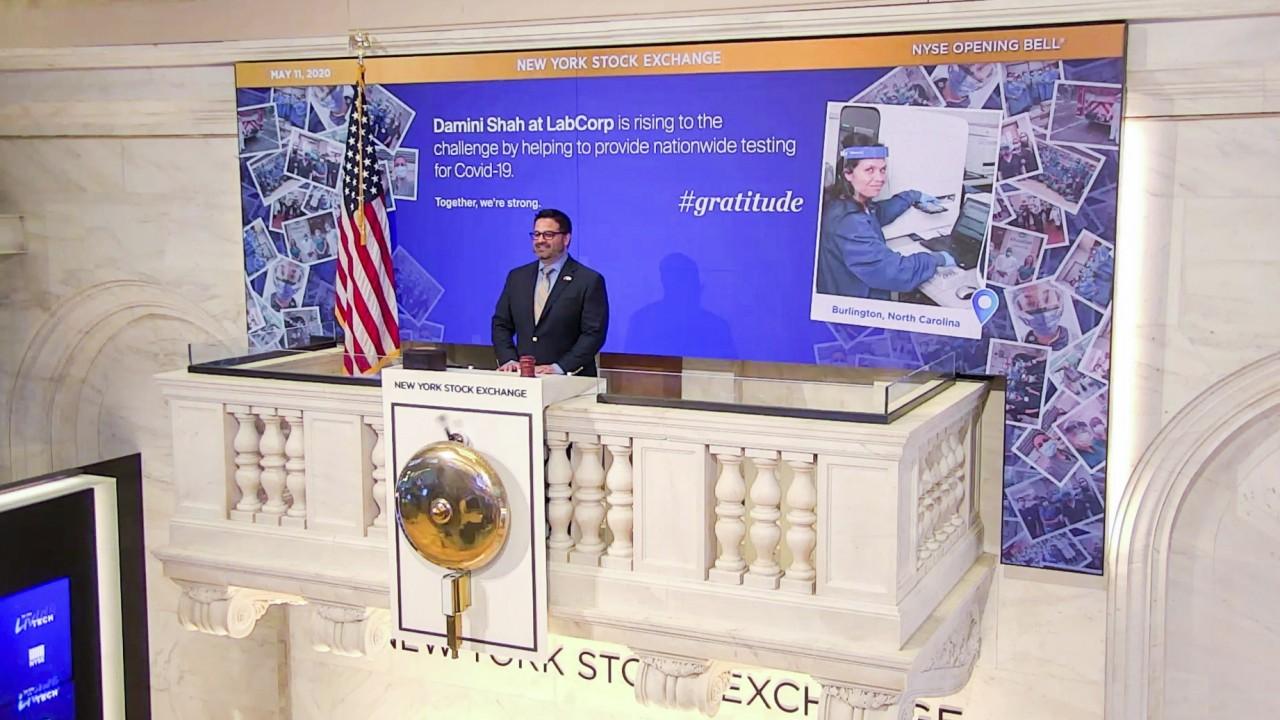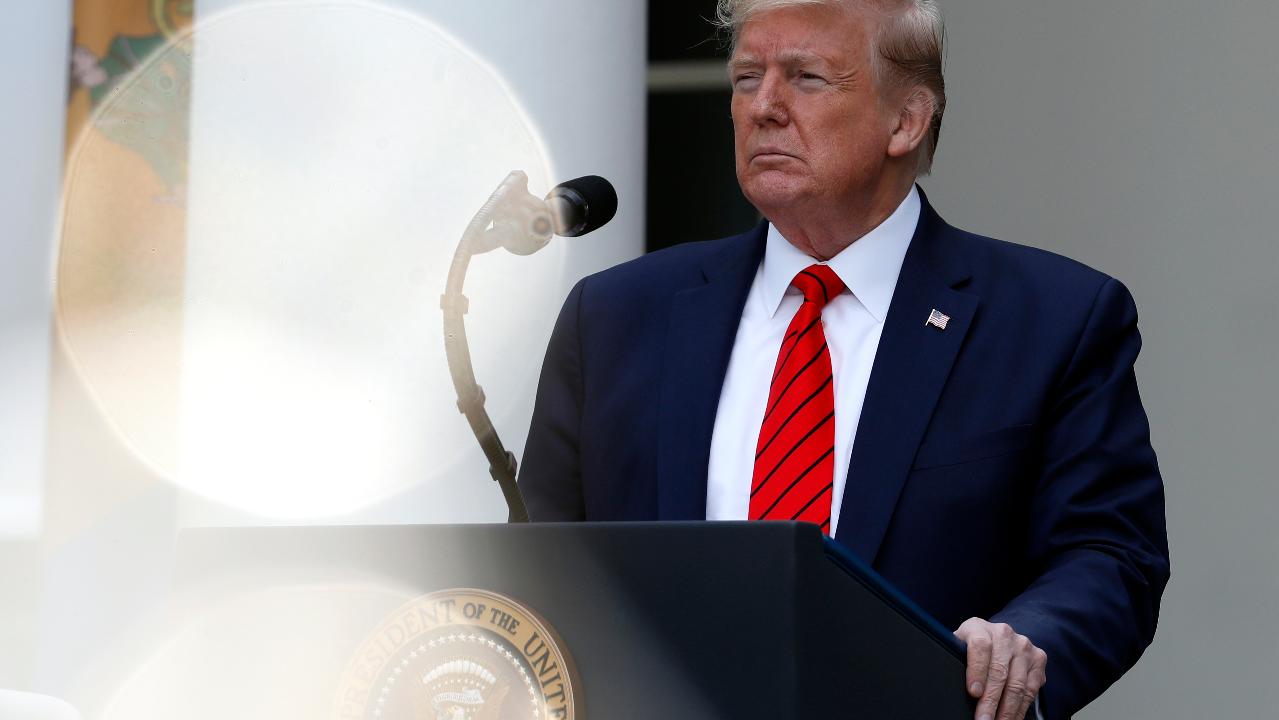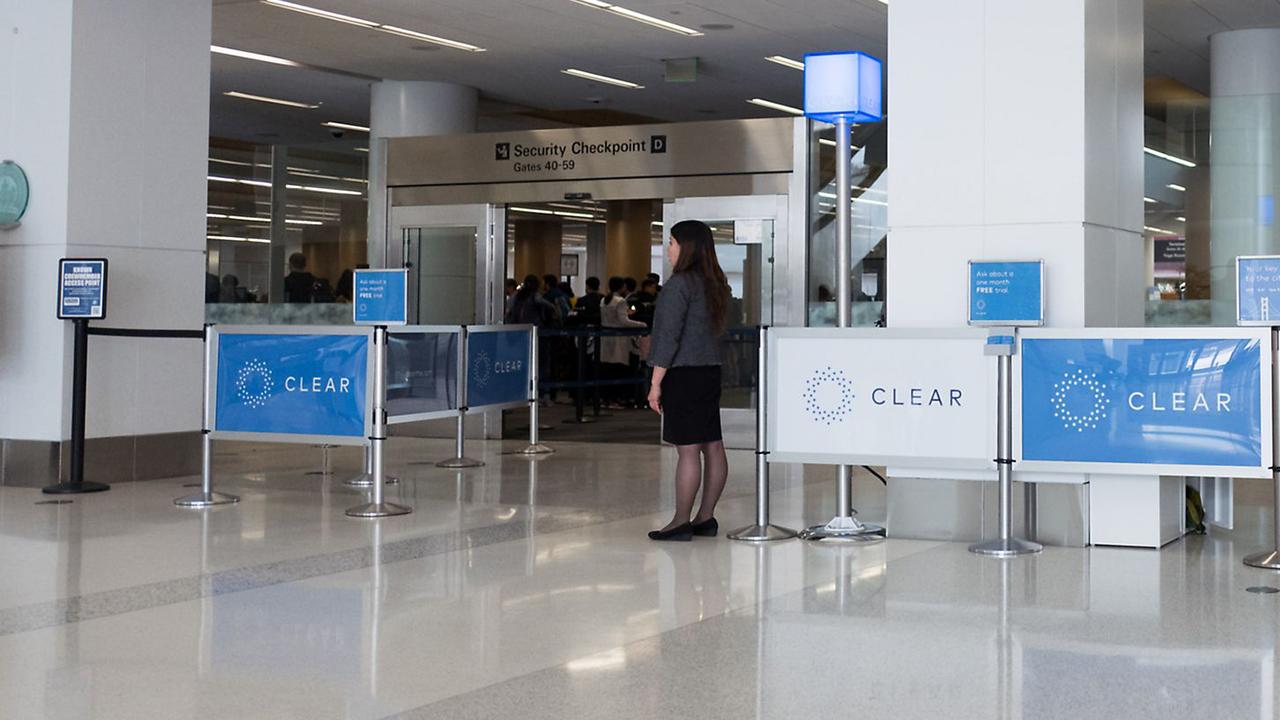After coronavirus, marketing not dead, industry will play critical role in recovery: Mark Penn
Marketers are prepared to deliver one of the most sophisticated turnaround efforts we’ve ever seen.
In the midst of an economic downturn, Wall Street is making bets on which industries will survive. Marketing, it seems, has been marked for death. But that death is greatly exaggerated.
As Chairman and CEO of MDC Partners and the Stagwell Group and through the lens of decades of experience in marketing – including as Chief Strategy Officer of Microsoft – I see first-hand that companies haven’t abandoned marketing, but are retooling their messages for these new and unexpected times.
CORONAVIRUS SEES US CONSUMERS' EXPECTATIONS DETERIORATE 'SHARPLY' IN APRIL, FED SAYS
In the earliest days of the crisis, one of our agencies, 72andSunny, produced an ad for the NFL with self-shot videos from the players asking people to stay home, while Doner, a Midwest-based agency, produced powerful work for Tylenol supporting American nurses.
We saw a similar ask in the wake of 9/11, as companies relied on advertising to emphasize their roles in a safe society, for the good of our collective nation.
Nearly 700,000 people work in the advertising industry in America, crafting narratives that sell products and generate widespread economic activity. But the way the stock market reacts in every financial crisis, one would think that products and brands are going to sell themselves.
Every crisis seems to kick off a set of overblown worries about the death of the industry – and every time, marketing “miraculously” rebounds as one of the most vital services in our economy.
There’s nothing miraculous about it.
History has shown that marketing is an essential part of the economy and it will be critical to recovery efforts after this crisis. Perhaps now more than ever, after a decade of vast change in the industry, marketers are prepared to deliver one of the most sophisticated turnaround efforts we’ve ever seen.
FED'S POWELL SAYS US ECONOMY MAY NEED MORE SUPPORT FOR RECOVERY TO BE 'ROBUST'
The United States is the largest marketer in the world, spending close to $250 billion each year on advertising. The ad industry is about twice the size of, say, the airline industry, but is vastly underrated in terms of its size and importance.
This is reflected all too well in the composition of President Trump’s Coronavirus Business Council, where major manufacturing and travel industry giants are represented, but marketers are not. It’s an unfortunate dynamic because, unlike other industries with big capital investments, marketing companies are fundamentally people companies with good, accessible jobs, especially for young college graduates in cities that have been especially hard-hit by the virus.
When the last big economic downturn upended life in 2008, brands learned that when they cut back on advertising during a crisis, they risk losing market share when the economy returns, according to a study by the Ehrenberg-Bas Institute. Smart companies retained their share-of-mind or even expanded their market share by plowing full-steam ahead with marketing while their competitors cut back.
Our present crisis is creating a similar arena. With the COVID-19 pandemic, industries basically fall into three categories: those that are doing better than ever as a result of new or emerging consumer behavior; brands that are cutting back in line with the economic pullback; and those that have no choice but to go dark in their marketing.
FED PLEDGES AGGRESSIVE ACTION TO SUPPORT US ECONOMY
For example, products like delivery pizzas and orange juice are in intense demand, along with household staples like paper towels and toilet paper. Restaurants, airlines and cruise lines have a tough road ahead to get customers back.
This time around, marketers are even better poised in the wake of a crisis. The vast transformation the industry has undergone in the last decade, as digital advertising supplanted many industry conventions and cleared the way for advanced targeting and personalization, means companies are better equipped than ever before to track consumer sentiment, modify messaging, and ensure they maintain share-of-market.
We have spent the past decade evolving with the internet, iterating new ways of marketing as online advertising grew. Even before the pandemic, 2020 was to be the first year online advertising would surpass offline. That trend accelerated as home-bound consumers turned to online shopping as safer and easier than visiting a local store.
CORONAVIRUS RECOVERY WILL BE 'MULTI-YEAR PERIOD': NAVARRO
Even in more traditional media, there is opportunity: savvy advertisers will take advantage of media bargains as rates have gone down while viewership has gone up. Sixty percent of Americans have increased their screen time, and some TV rates are as much as 45% lower.
Marketing will have a critical role to play as part of the recovery. Companies who surged will have to convince consumers to double-down on their quarantine habits or they will see demand drop precipitously once the country opens up. Can grocery delivery services continue to attract customers once it’s safe to pop out to the local ShopRite for a bag of flour?
Others will need strategic plans to get their customers back. Many men stopped shaving during the pandemic – will their razor purchasing habits return when they go to work or will large, unwieldy beards become the new vogue?
Other consumers stayed in their pajamas all day – will they want to resume dressing formally for work or make more informal workplace attire the norm, dislocating huge parts of the clothing industry?
And finally, those who faced closures as a result of virus fears will need to convince consumers that their products and services are safe even in the absence of a COVID-19 vaccine. Companies cannot expect people to return aboard planes and trains without a full information campaign about the measures they are taking to protect customers. The Harris Poll shows that absent a vaccine, consumers will expect masks, rigorous sanitizing, and testing as table stakes to re-entry.
GET FOX BUSINESS ON THE GO BY CLICKING HERE
In each case, the ad industry will have a big job to do to help companies keep or regain their consumers. We can also expect a widespread reversal of the media cuts during the 2020 holiday season if the virus is under control.
We saw a 29 percent bump in online advertising when the stimulus checks hit, and that’s just a fraction of what we’ll see when consumers fully reemerge from their homes. Reports from our offices in China suggest that the recovery from the virus can be just as sharp as the shutdown, and while it may not be a full “V” shaped curve, I still believe there will be plenty of lift in the market in the third and fourth quarters.
Like most other industries, the advertising industry is facing its share of shrinkage, but it will bounce back pretty quickly when the virus recedes and America reopens. And the marketing that emerges after COVID-19 will be a product of accelerated shifts in the industry as well as a changed consumer. It will be more personal, more digital, and will once again fill just about every screen, device, billboard and square inch of your life.
Mark Penn is Chairman and CEO of MDC Partners and managing director of the Stagwell Group. He was chief strategist on Bill Clinton’s 1996 presidential campaign, Hillary Clinton’s 2000 Senate campaign, and Mrs. Clinton’s 2008 presidential campaign. Follow him on Twitter @mark_penn.





